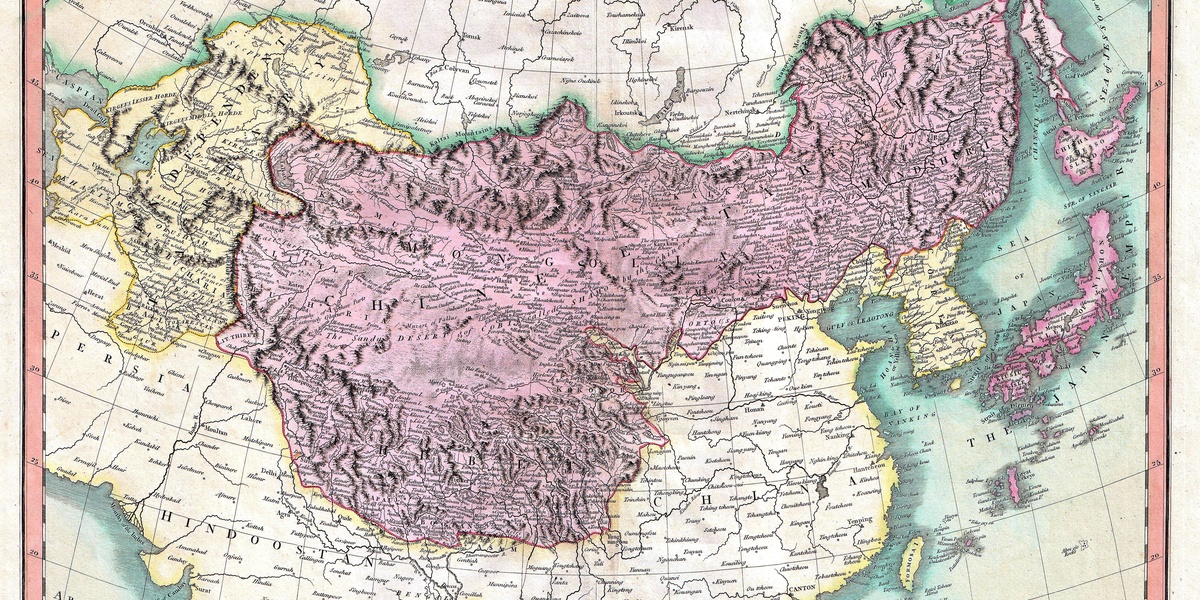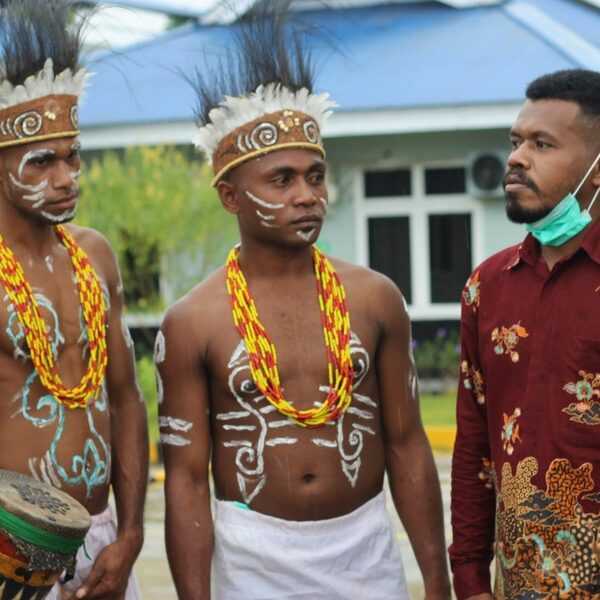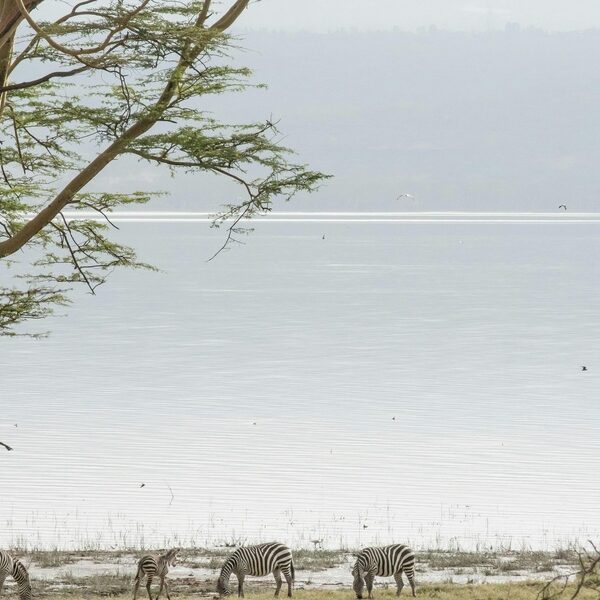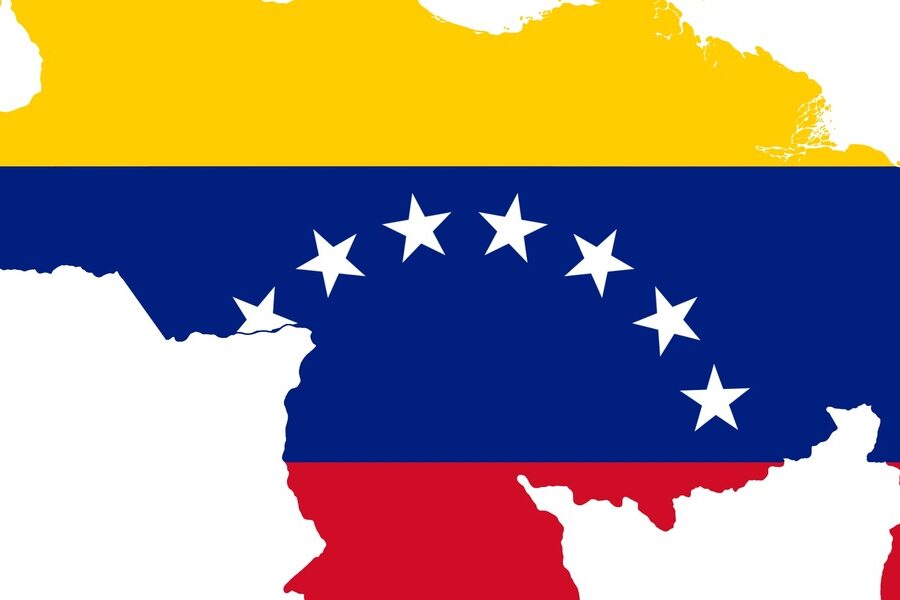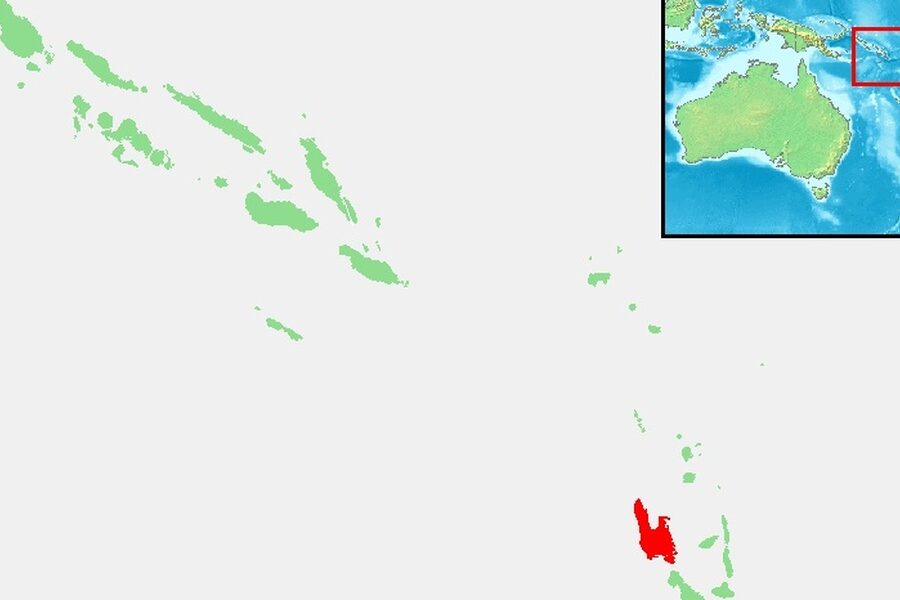Mongolia, a land of vast steppes and ancient nomadic traditions, is a country rich in cultural heritage. This richness extends deeply into its linguistic landscape, where a variety of languages have been spoken for centuries, shaping the identities of its diverse communities.
Delving into this fascinating diversity, you’ll find there are exactly 9 Indigenous Languages in Mongolia, ranging from the widely spoken Buryat to the distinct Tuvan. For each, we’ve organized key information including its Language Family, Number of Speakers, and Primary Region. You’ll find the complete list and details below.
What makes a language indigenous to Mongolia?
A language is generally considered indigenous to Mongolia if it has originated and developed within the country’s historical territory, primarily associated with ethnic groups who are native to the region. These languages predated the establishment of the modern Mongolian state and are distinct from the national language, Khalkha Mongolian, reflecting the unique cultural and historical narratives of their respective communities.
Are any of these indigenous languages endangered?
Unfortunately, like many indigenous languages globally, several of those spoken in Mongolia face varying degrees of endangerment. Factors such as language shift towards Khalkha Mongolian, urbanization, and limited intergenerational transmission contribute to declining speaker numbers for some. Efforts by local communities and linguists are crucial to document, revitalize, and preserve these vital parts of Mongolia’s cultural heritage.
Indigenous Languages in Mongolia
| Language Name | Language Family | Number of Speakers | Primary Region |
|---|---|---|---|
| Mongolian (Khalkha) | Mongolic | 2,900,000 | Nationwide |
| Kazakh | Turkic | 100,000 | Bayan-Ölgii |
| Oirat | Mongolic | 200,000 | Uvs, Khovd |
| Buryat | Mongolic | 35,000 | Dornod, Khentii, Selenge |
| Darkhad | Mongolic | 20,000 | Khövsgöl |
| Khoton | Turkic | 5,000 | Uvs |
| Tuvan | Turkic | 500 | Khövsgöl |
| Khamnigan Mongol | Mongolic | 500 | Khentii |
| Evenki | Tungusic | 100 | Selenge |
Images and Descriptions
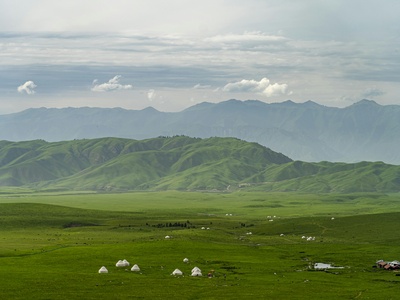
Mongolian (Khalkha)
The official and most widely spoken language of Mongolia. Using the Cyrillic script, it is the heart of modern Mongolian identity and serves as the national lingua franca for education, government, and daily life.
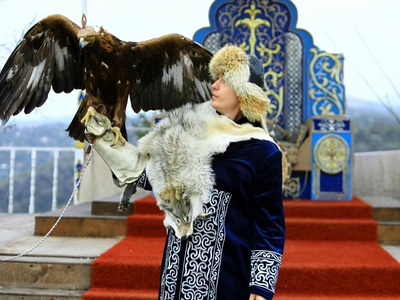
Kazakh
Spoken by the Kazakh minority in western Mongolia, this Turkic language is a vital part of their cultural identity, which is famous for its tradition of eagle hunting. It uses a Cyrillic-based script in Mongolia.
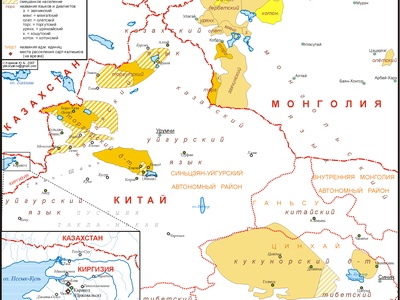
Oirat
A collection of western Mongolic dialects spoken by groups like the Dörvöd, Bayad, and Torguud. Oirat has a distinct literary history and remains a proud symbol of western Mongolian cultural heritage.
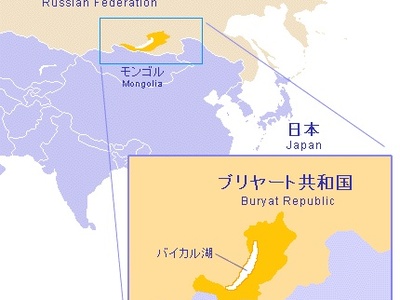
Buryat
A Mongolic language spoken in northern Mongolia, closely related to the Buryat language in Russia. It possesses a rich oral tradition, including the famous Geser epic, and is central to Buryat cultural and spiritual life.
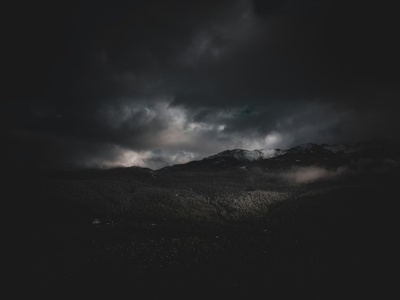
Darkhad
A unique dialect of Mongolian spoken by the Darkhad ethnic group. It is known for its distinct phonology and vocabulary, reflecting the group’s shamanistic traditions and history in the mountainous Khövsgöl region.
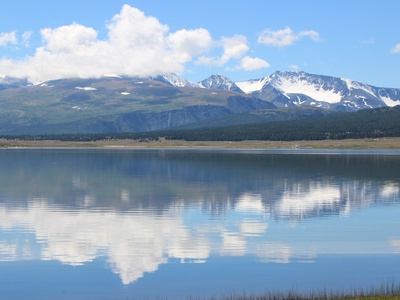
Khoton
A unique and endangered Turkic language spoken by the Khoton people. It has been heavily influenced by Mongolic languages over centuries, making it a fascinating subject for linguists studying language contact.
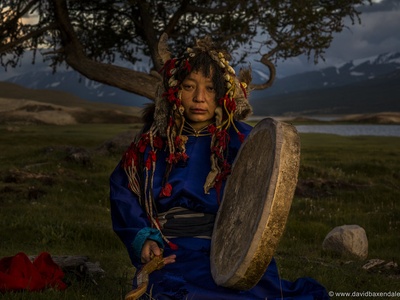
Tuvan
A Siberian Turkic language spoken by the Tsaatan (Dukha) reindeer herders in the northern taiga. This language is intrinsically linked to their nomadic lifestyle and unique relationship with their reindeer herds.
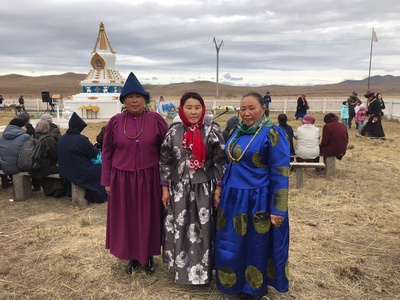
Khamnigan Mongol
A fascinating and endangered Mongolic language spoken by a community that is traditionally bilingual in the Tungusic language Evenki. It represents a deep historical interaction between Mongolic and Tungusic peoples.
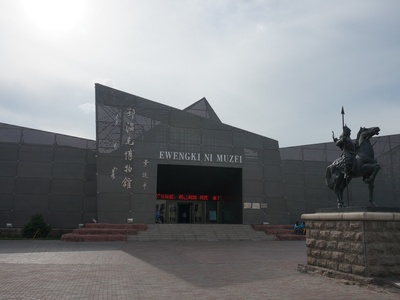
Evenki
A critically endangered Tungusic language spoken by a small community in northern Mongolia. Its speakers have traditionally been taiga hunters, and the language holds ancient knowledge of this unique forest environment.

